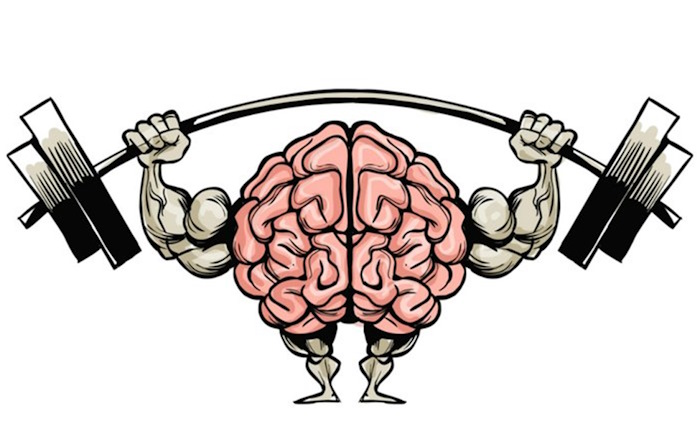Neuroplasticity and strength training: what’s the connection?
Strength training is a major part of bodybuilding and athletic performance, traditionally valued for its ability to build muscle, increase strength, and improve overall fitness. However, beyond these physical benefits, there’s yet another fascinating aspect of strength training: its impact on the brain. Neuroplasticity, or the brain’s ability to reorganize itself by forming new neural connections, plays a very important role in enhancing strength, muscle memory and coordination. This article explores the relationship between neuroplasticity and strength training and how understanding this connection can lead to more effective workouts and improved athletic performance.
Neuroplasticity refers to the brain’s ability to adapt and change throughout life. This dynamic process involves the reorganization of neural pathways and the creation of new connections in response to living, learning, experience, and injury. Neuroplasticity is fundamental to various cognitive functions, including memory, learning, and motor skills.
When it comes to physical activities like strength training, neuroplasticity is key to developing muscle memory and coordination. Muscle memory is the brain’s ability to remember and efficiently perform specific movements, while coordination involves the smooth and precise execution of these movements.

How strength training enhances neuroplasticity
But how exactly does strength training enhances neuroplasticity? It happens through a bunch of different ways, but here are the main ones:
Motor skills
Strength training involves learning new exercises and techniques, which requires motor skill acquisition. As you practice and repeat these movements, the brain creates and strengthens neural pathways associated with these skills. This process, known as motor learning, is a form of neuroplasticity that enhances muscle memory and coordination.
Brain-Derived Neurotrophic Factor (BDNF)
Physical exercise, including strength training, has been shown to increase levels of brain-derived neurotrophic factor (BDNF), a protein that supports the growth and survival of neurons. BDNF plays a crucial role in neuroplasticity by facilitating the formation of new neural connections and enhancing synaptic plasticity, which is essential for learning and memory.
Cognitive function
Strength training has been linked to improved cognitive function, including better attention, memory, and executive function. These cognitive benefits are partly due to increased neuroplasticity. A sharper mind can lead to better focus and concentration during workouts, allowing for more precise and effective movements.
Coordination and balance
Strength training, especially when incorporating compound, free-weight movements and balance exercises, can improve coordination and balance. These exercises challenge the brain to integrate sensory information and control motor functions, enhancing neuroplasticity and leading to more efficient and coordinated movements.
Applications for enhancing neuroplasticity
The practical applications for enhancing neuroplasticity in strength training during sessions can be summarized as follows:
Variety
Incorporate a variety of exercises and training modalities into your routine. Changing up your workouts challenges the brain to learn new movements and adapt to different stimuli, promoting neuroplasticity and enhancing muscle memory.
Progressive overload
Gradually increasing the resistance and complexity of your exercises forces the brain to continuously adapt and improve neural connections. This approach not only builds muscle but also enhances neuroplasticity.
Mind-muscle connection
Focus on the mind-muscle connection during workouts. Paying close attention to the muscles being worked and the quality of each movement can improve neural activation and strengthen neural pathways.
Balance and coordination
Include exercises that challenge your balance and coordination, such as single-leg movements, stability ball exercises, and agility drills. These activities stimulate the brain and enhance neuroplasticity, leading to better overall coordination.
Skill-based training
Engage in skill-based training, such as martial arts, dance, or sports that require precise movements and coordination. These activities can complement your strength training routine and further promote neuroplasticity.
Rest and recovery
Ensure you get adequate rest and recovery between workouts. Sleep is essential for neuroplasticity, as it consolidates learning and memory and supports overall brain health.
In conclusion, neuroplasticity is a powerful and often undervalued aspect of strength training that plays a crucial role in enhancing strength itself, muscle memory and coordination. By understanding and taking advantage of the connection between neuroplasticity and strength training, you can try and tailor your workouts for better performance and more robust long-term benefits. Incorporating variety, focusing on the mind-muscle connection, and including balance and coordination exercises are just some practical ways to stimulate neuroplasticity and achieve your fitness goals. All in all, a stronger brain leads to a stronger body, and by training both, you can get closer to unlocking your full potential.









